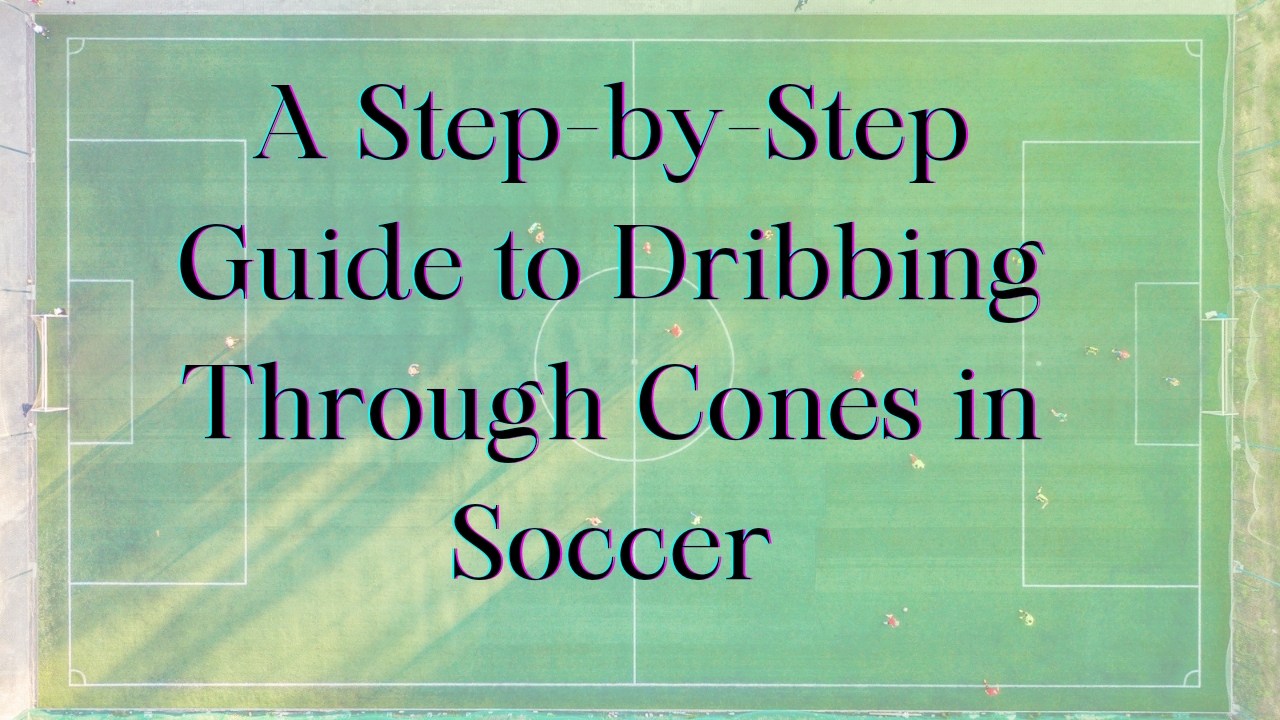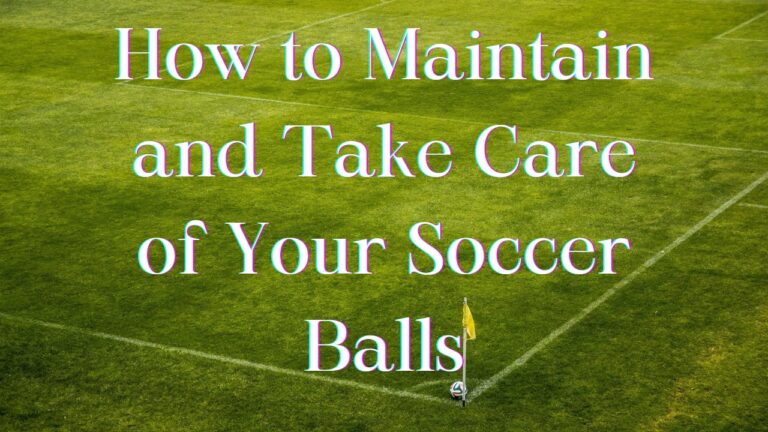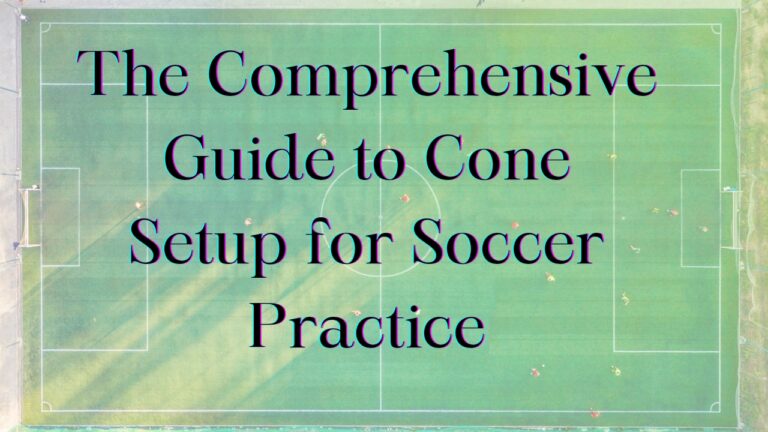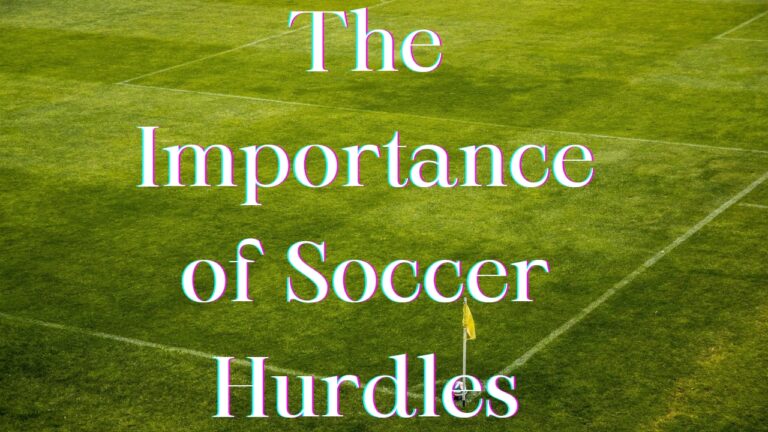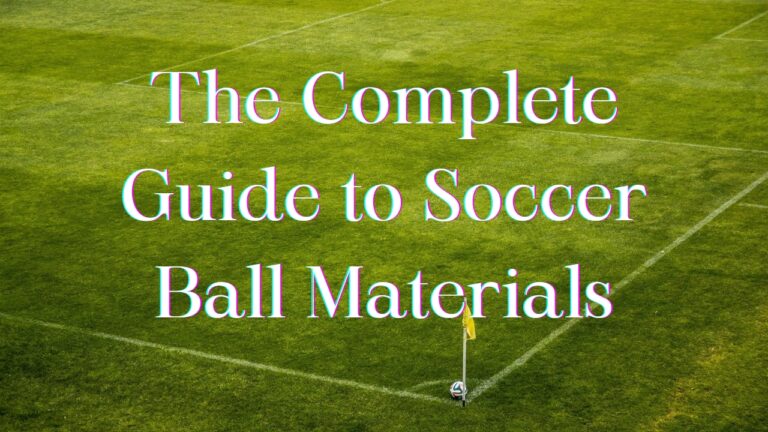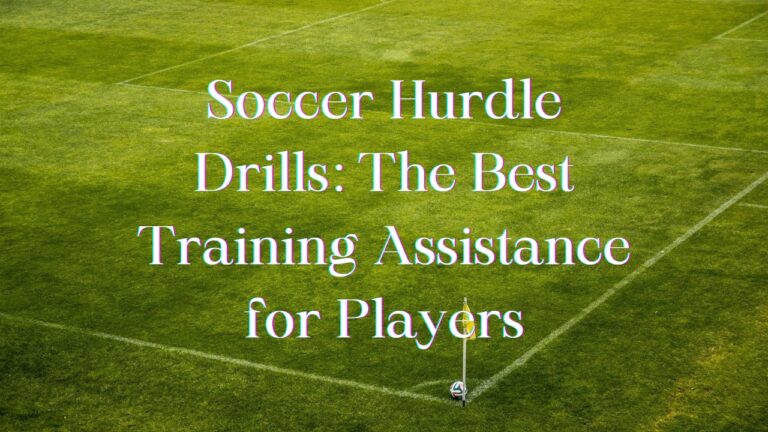Soccer players know that mastering dribbling skills is essential for improving ball control and footwork on the field. Being able to adeptly maneuver the ball while changing directions and speed is a fundamental part of advancing in the sport. One of the best training methods for honing dribbling technique is the classic cone drill. Dribbling through a set of cones requires concentration, close ball control, coordination, and agility. Regularly practicing technical drills like cone dribbling can take a player’s skill to the next level.
We will walk you through a step-by-step process for learning how to successfully dribble through cones in soccer. We’ll cover key tips on body movement, ball control, setting up the drill, common mistakes to avoid, and sample cone dribbling drills to incorporate into training. Mastering the ability to race through cones with the soccer ball glued to your feet gives players the touch and control needed to excel in games.
Why Dribbling Through Cones is Important in Soccer
Dribbling through a set of cones is much more than just an agility drill. It provides soccer players with many valuable benefits that translate directly into improved performance on the pitch. Here are some of the key reasons why cone dribbling is such an indispensable skill for soccer training:
- Develops close ball control and touch: The tight spaces between cones require keeping the ball very close and making many light, subtle touches. This mimics real game situations.
- Improves ability to change direction and accelerate: Frequent changes of pace and sharp cuts left and right around cones must be made quickly. This builds explosive acceleration.
- Tests coordination and footwork skills: Navigating a series of cones challenges coordination and the ability to smoothly transition from one foot to the other.
- Allows practicing dribbling moves like stepovers, drags backs, etc; Cones enables repeatedly drilling advanced dribbling techniques at high speeds.
Mastering the ability to adeptly dribble through cones improves a soccer player’s tight ball control, quick changes in direction, coordination, and footwork agility – all vital skills for real match play. The controlled setting of cone drills creates the perfect environment for developing technical dribbling skills.
Setting Up the Dribbling Cones Drill
Before doing cone dribbling drills, the proper setup is important for maximizing the benefits. Here are some key tips on how to best set up a dribbling cones drill:
- Recommended number and arrangement of cones: 10-15 cones arranged in a zig-zag pattern is ideal. Start with wider spaces between cones.
- Cone spacing for different difficulty levels: Wider spacing between cones enables faster dribbling and is better for beginners. Narrow spacing requires slower speeds and more ball control.
- Type of cones to use: Flat disc cones are best for beginner players. Tall cones present more of a challenge for more skilled dribblers.
- Surface to perform drill on: Grass allows the ball to roll faster while turf fields slow the ball down. Adjust cone spacing accordingly.
Proper spacing between the cones is the most important factor for an optimal difficulty level. Closer cone spacing forces players to make very precise and deliberate touches. Wider spacing enables faster dribbling through the course. Adjust the drill as necessary to challenge each player’s ability.
Body Positioning and Movement
When maneuvering the ball through a series of cones, a player’s body positioning and movement is crucial. Here are some key tips on proper technique:
- Stance when approaching cones: Maintain good balance with knees slightly bent and body leaning slightly forward. Avoid an overly upright stance.
- How to position feet and momentum: Take small rigid steps and keep feet moving to propel momentum through the cones. Don’t overextend steps.
- Head position and awareness: Keep your head up, looking forward to the next cone. Maintain awareness of surroundings.
- Changes of direction: Use soft, subtle touches to swiftly change direction. Avoid sharp, dramatic cuts that lose control.
- Arms out for balance: Extend arms out to sides for balance when changing direction. Don’t let your arms cross your body.
Maintaining proper body form when maneuvering through cones will provide the balance, awareness, momentum, and agility needed to maintain close control of the ball. Keep the head up, steps short, and make fluid, subtle changes of direction around each cone.
Ball Control When Dribbling Through Cones
The key to successfully dribbling through a series of cones is maintaining close control of the ball at all times. Here are some vital tips for ball control technique:
- Keeping the ball close using soft touches: Make many small, soft taps with the inside and outside of the feet to keep the ball tight.
- Pushing the ball forward into space: When cones are farther apart, push the ball forward with laces to gain speed.
- Using different parts of feet: Vary touches using inside, outside, laces, and soles to maneuver the ball.
- Protecting the ball from defenders: Use your body to shield the ball from imagined defenders approaching from behind.
- Touch across the body: Make touches across the body while changing direction to maintain control.
- Ball on dominant foot: When changing direction, keep the ball on the dominant foot for close control.
- Accelerate out of turns: After rounding a cone, accelerate forward before the next touch.
The key is using soft, deliberate touches to keep the soccer ball very close at all times. Players should not be looking at the ball, but rather keeping focus forward. Maintaining close ball control through a series of rapid changes of direction will greatly improve the dribbling technique.
Common Mistakes to Avoid
While dribbling through a series of cones may seem straightforward, there are some common mistakes players should avoid:
- Looking down at the ball: Keeping your head down at the ball ruins awareness and often leads to knocking over cones.
- Knocking over cones: Catching a cone with a foot or the ball means loss of control and poor technique.
- Losing control of the ball: Making a poor touch that takes the ball too far away will disrupt the drill.
- Going too fast or too slow: The right pace enables control. Too fast leads to disasters, and too slow fails to simulate the game pace.
- Large looping touches: Excessively looping the ball around cones wastes time and energy. Make precise direct touches.
- Crossing legs when changing direction: Avoid crossing legs when making cuts as it ruins body balance.
- Stopping the ball between cones: The ball should never lose momentum, just make precise redirects.
By being aware of these common missteps, players can specifically work to avoid them. Go slowly at first to develop good technique and gradually increase speed with accuracy.
Pro Tips and Advanced Drills
Once players master the basics of dribbling through cones, there are many pro tips and advanced drills to take it to the next level:
- Incorporate moves like stepovers and drags backs – Combo various moves between cones.
- Have teammates be passive defenders – Add pressure by putting players behind to simulate defenders.
- Time trials for improving speed – Challenge yourself to beat the best time weaving through cones.
- Backwards dribbling – Dribble through cones moving backward to work on awareness.
- Dribble side-to-side – Move laterally in and out of cones rather than forward.
- Figure 8s – Set up cones for figure 8 patterns to practice crossovers.
- One-foot-only drills – Dribble through cones using only right or left foot to improve weak foot.
- No touch stretches – How many cones can you weave through without touching the ball?
By creatively designing advanced cone drills, players can continue improving their technical skills. Time trials are especially effective training incentives and measure progress.
Sample Dribbling Cones Drills to Try
Here are some sample cone dribbling drills to incorporate into training sessions:
Cone Zig Zag
- Set up 10 cones in a zig-zag pattern about 2 yards apart
- Dribble through weaving left and right around cones
- Focus on close control and changes in direction
Cone Gates
- Arrange cones in pairs with 1-yard gaps between pairs
- Dribble through each gate created by pairs of cones
- After passing through each gate, change direction to the next gate
Reaction Drill
- Partner stands behind cones and shouts commands
- Commands are “right”, “left”, “turn”, etc.
- React and dribble based on partner’s commands
Figure 8 Cones
- Set up cones in a figure 8 pattern
- Dribble through crossing feet and looping around cones
- Perform drill with both left and right feet
Coerver Center Circle Cones
- Place 5-6 cones in a tight circle
- Dribble around the circle making small, quick touches
- Increase speed while maintaining control
By trying these drills and being creative, endless cone dribbling variations can be incorporated into practices. They all help engrain technical ball control skills that translate onto the field.
Conclusion
Dribbling through a series of cones is one of the best drills for developing close ball control and technical footwork skills in soccer. By progressing through the proper stance, body movement, touch techniques, and advanced drills covered in this guide, players can greatly improve their ability to adeptly maneuver the ball.
Mastering cone dribbling translates directly into improved confidence and ability when dribbling in congested spaces during games. The repetition trains muscle memory for quick changes of direction and acceleration with tight ball control. Make cone dribbling drills a regular part of training sessions to see visible improvement in footwork, speed, and agility.
Related Posts: The Complete Guide to Setting Up Cones for Soccer Practice
The Ultimate Guide to Training Soccer with Cones
Author

